Quiz: Test Your Lighting IQ
How bright are you when it comes to lighting trivia? Test your knowledge with this fun quiz!
1. How do LEDs generate light?
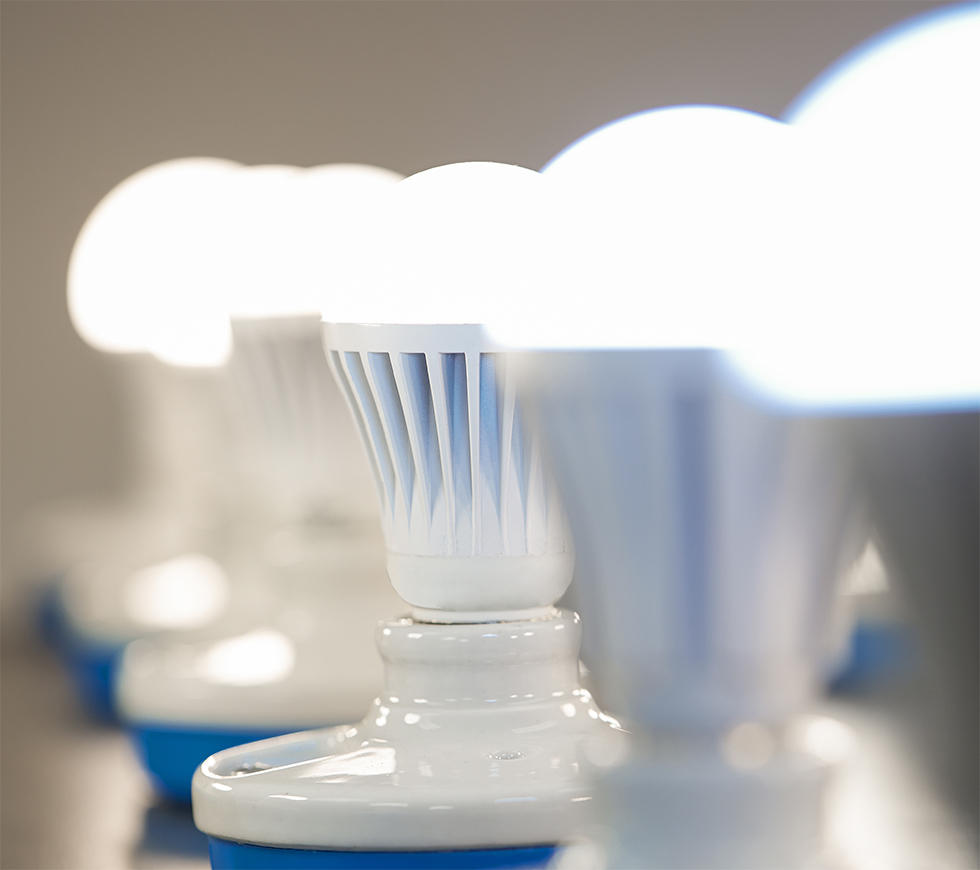
A light-emitting diode, or LED, is a type of solid-state lighting that uses a semiconductor to convert electricity into light.
2. How is light bulb brightness measured?
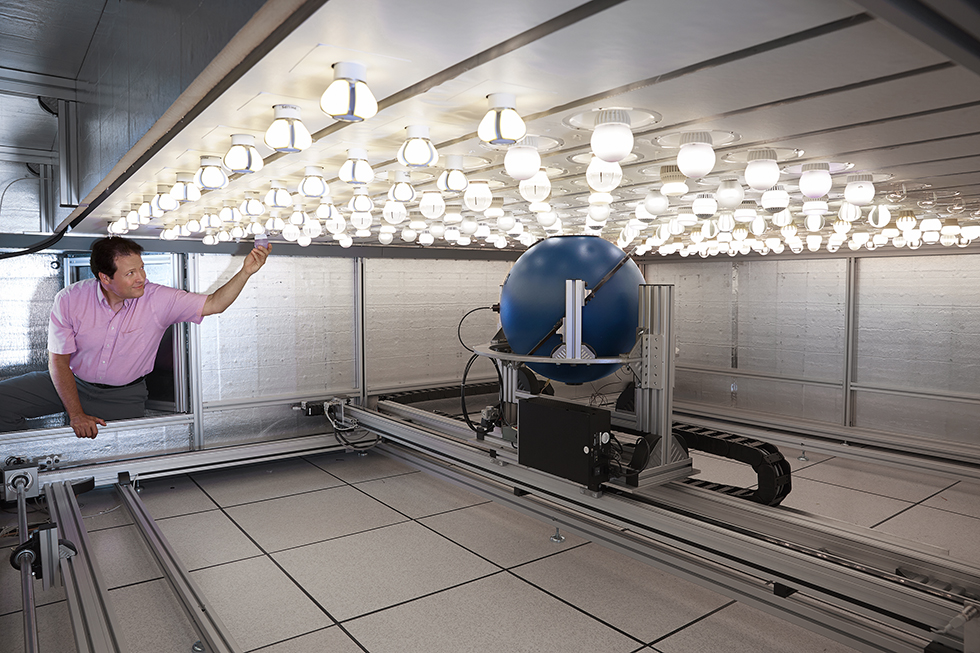
Lumens measure how much light you are getting from a bulb. More lumens means it's a brighter light while fewer lumens means it's a dimmer light.
3. Who patented the incandescent light bulb?
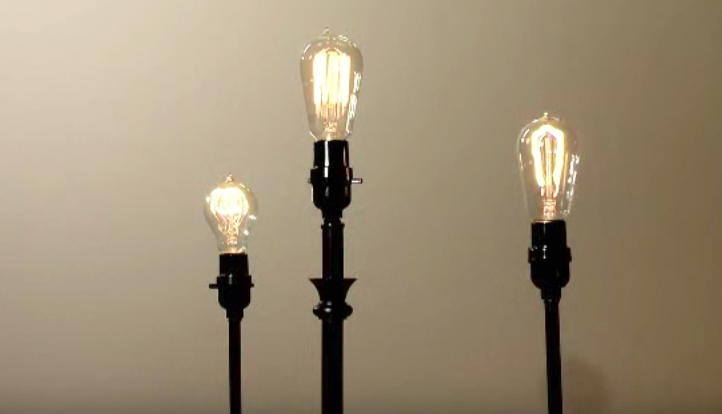
Thomas Edison first patented the incandescent light bulb in 1879 but long before that, British inventors were demonstrating that electric light was possible with the arc lamp.
4. How much money can you save a year by switching out your five most frequently used lights with ENERGY STAR bulbs?
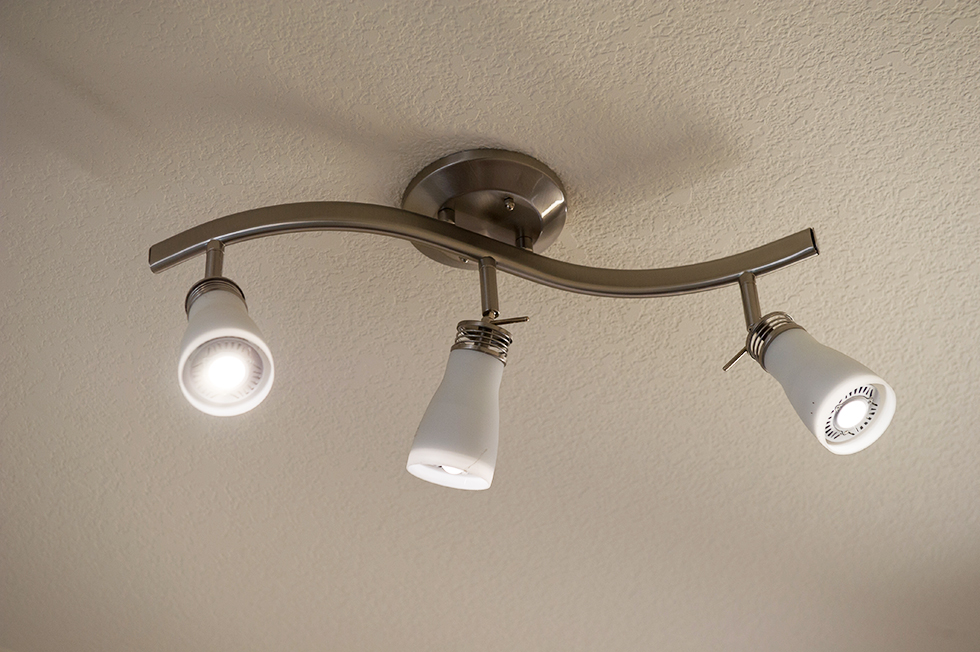
Changing five of your most frequently used lights with ENERGY STAR bulbs can save you $75 a year on energy costs.
5. Which of the following is NOT true of LEDs?
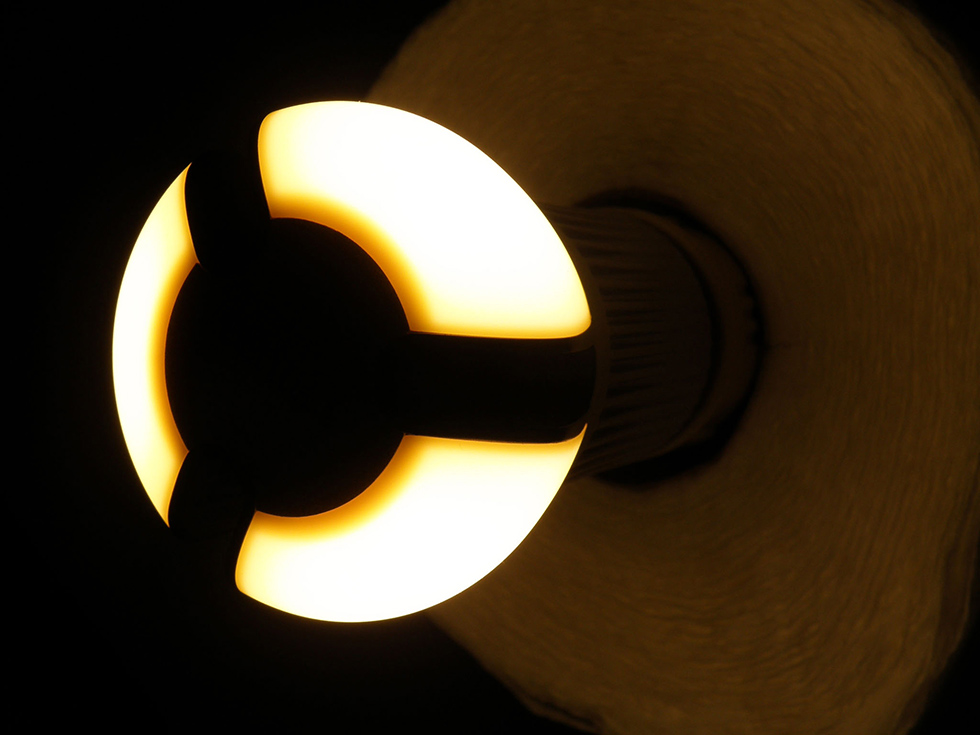
Unlike incandescent lamps, LEDs are not inherently white light sources. Instead, LEDs emit nearly monochromatic light, making them highly efficient for colored light applications such as traffic lights and exit signs.
6. What's the main reason why LEDs are more energy efficient compared to other lighting options?
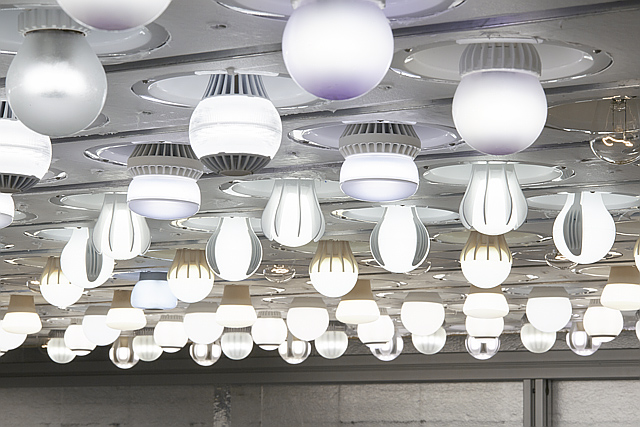
LEDs can convert electricity into light more effectively than incandescents or fluorescents. This is due to LED semiconductors, which create more photons per unit of input energy.
7. What does illumination refer to?
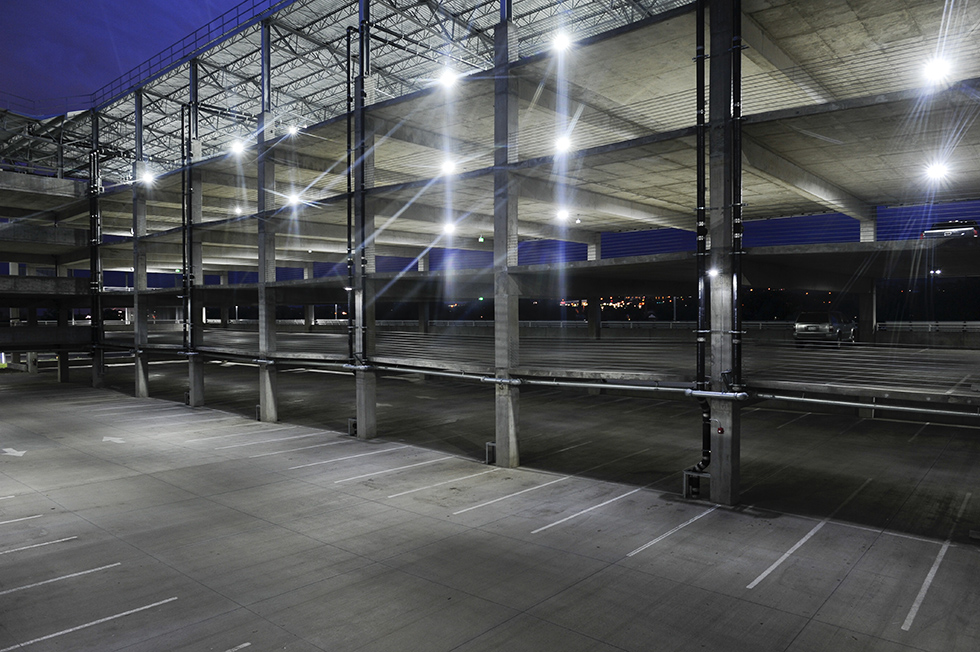
Illumination is the distribution of light on a horizontal surface. The purpose of all lighting is to produce illumination.
8. How much less energy do LEDs use compared to traditional incandescent bulbs?
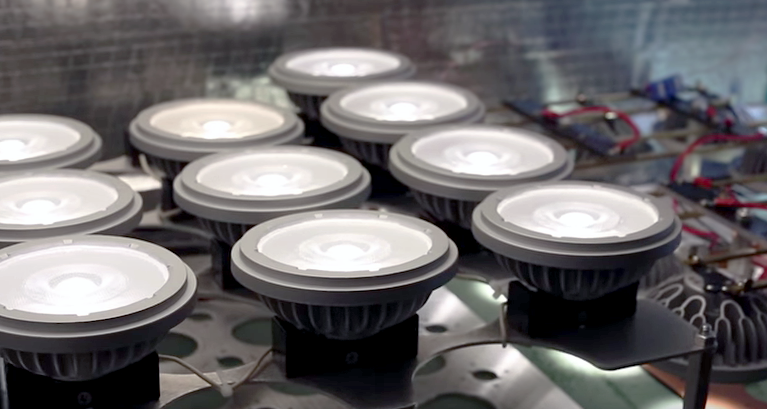
LEDs use 80 percent less energy than traditional incandescent bulbs and last about 25 times longer. LEDs are projected to reach over 80 percent of all lighting sales by 2030, which could save Americans $26 billion per year in electricity costs, while cutting America's lighting electricity use by nearly half.
9. Which of the following is NOT a type of lighting control?
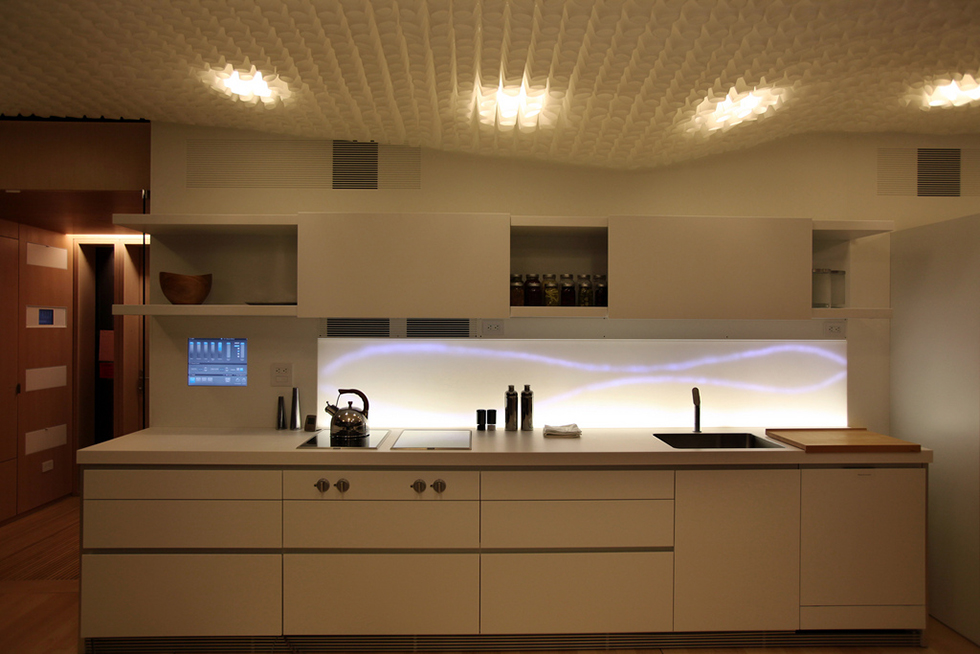
Use of lighting controls like dimmers, photosensors and timers allow you to automatically turn lights on and off as needed, helping you save energy and money.
10. What year was the first visible-spectrum LED invented?
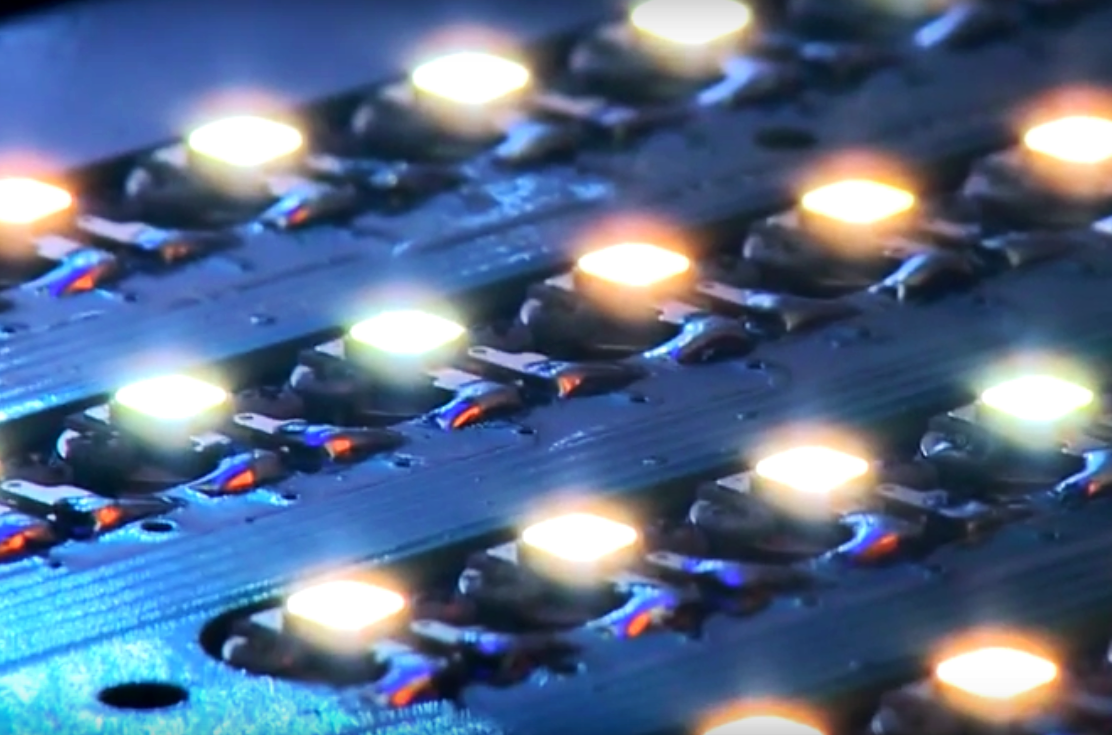
The first visible-spectrum LED was invented by Nick Holonyak, Jr., while working for GE in 1962. Since then, the technology has rapidly advanced thanks to research and development by the Energy Department and private sector partners. This has dramatically lowered costs, making LEDs a viable lighting solution for all.
11. What does daylighting mean?
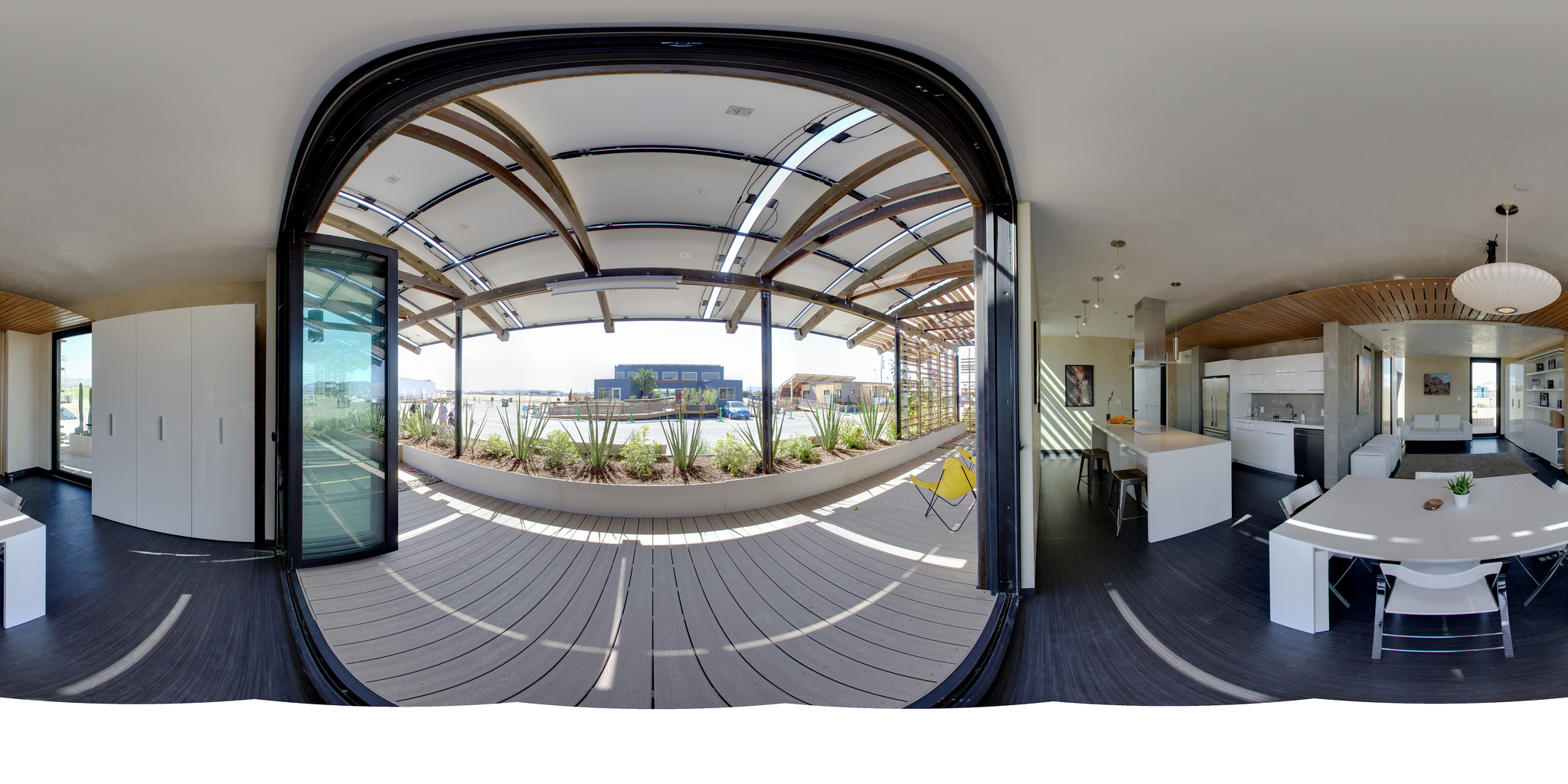
Daylighting is the use of windows and skylights to bring sunlight into buildings. Daylighting in businesses and commercial buildings can result in big savings on energy bills.
12. Incandescent bulbs lose what percent of their energy as heat?
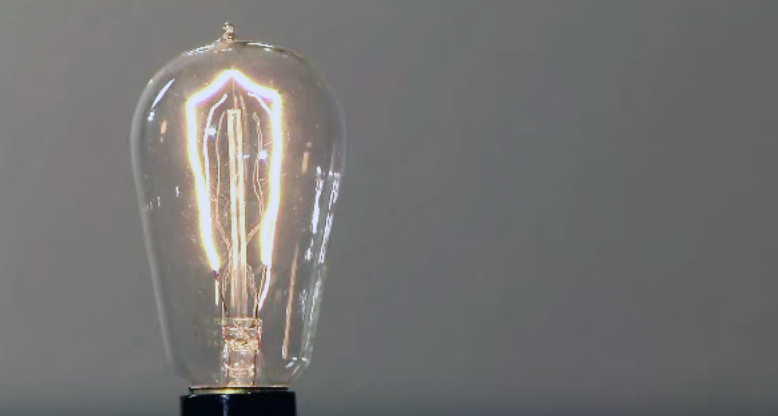
Unlike incandescent bulbs -- which release 90 percent of their energy as heat -- LEDs use energy far more efficiently with little wasted heat.
Your Score:

